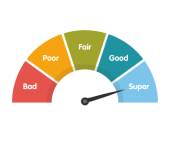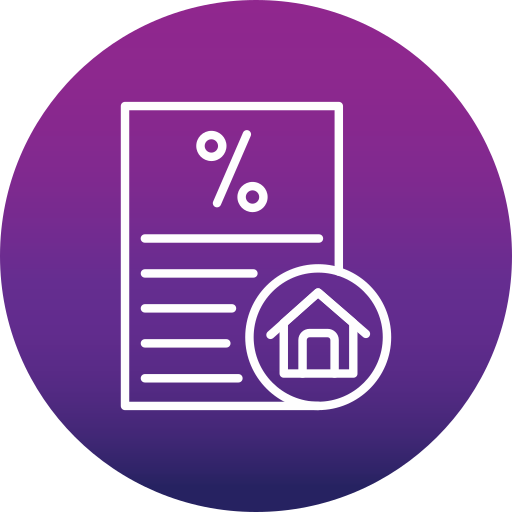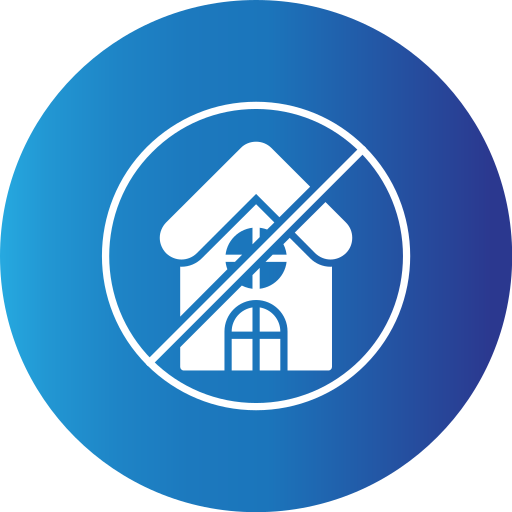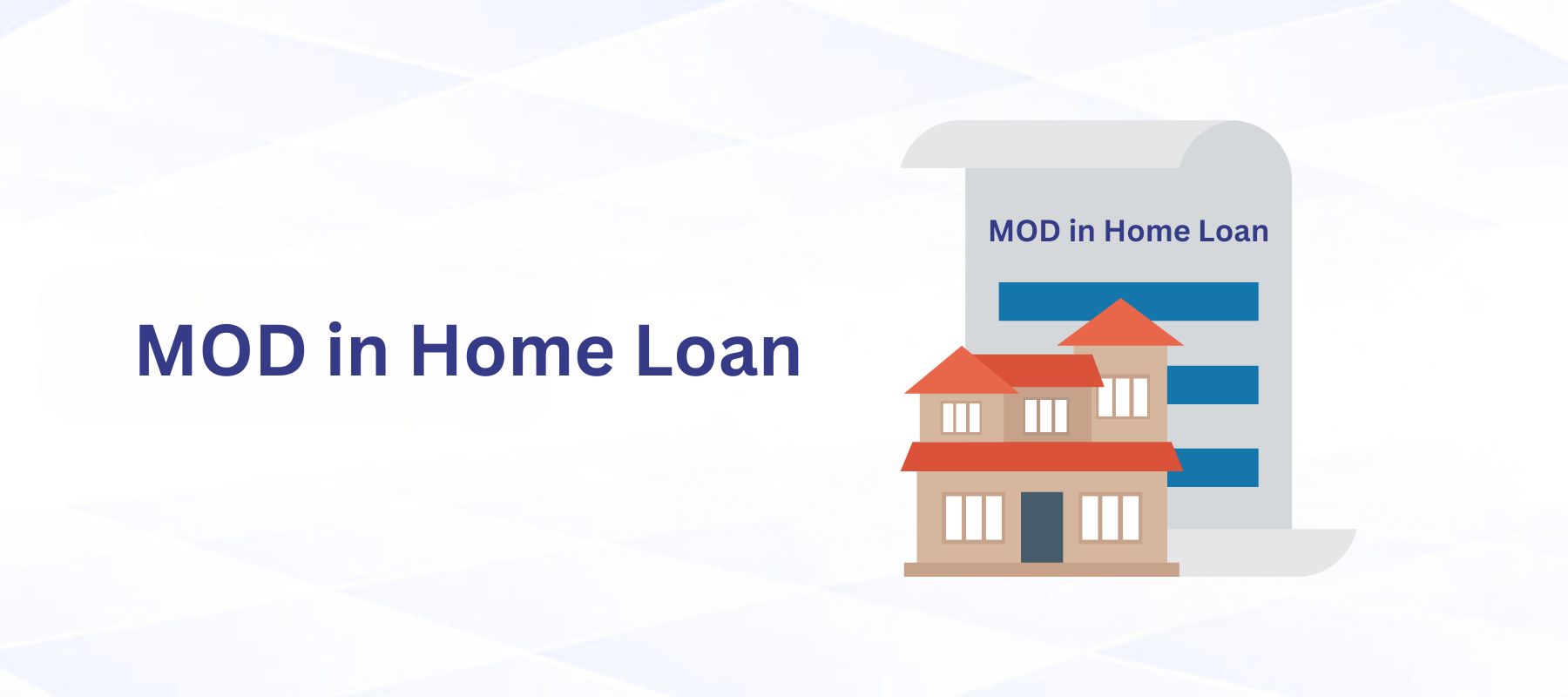Special Offers




Special Offers




11-Dec-2024 | Home Loan

When you apply for a home loan, the process involves several critical steps and documents that ensure a smooth transaction for both borrowers and lenders. One such essential document is the MOD or Memorandum of Deposit. While this document plays a vital role in safeguarding the interests of lending institutions, it also carries specific implications for borrowers. In this comprehensive guide, we’ll explore the meaning, charges, significance, and process of MOD in home loans, ensuring you’re well-informed before taking this financial step.
The MOD full form, Memorandum of Deposit, is a legal document executed between a lender (bank or financial institution) and a borrower during the home loan process. It serves as an agreement that the borrower has deposited the property title deeds with the lender as collateral for the loan.
Typically, the MOD is finalized once the lender disburses the loan amount to the borrower. This document is pivotal in providing security to the lending institution, ensuring that the property can be repossessed in case of loan default.
To understand the role of MOD in the home loan process, let’s break it into simple steps:
Execution of MOD: After the home loan is approved, the borrower deposits the property title deeds with the lender. This deposit is formalized through the MOD.
Calculation of Charges: The MOD charges, ranging from 0.1% to 0.5% of the total loan amount, are computed and paid by the borrower.
Repossession Right: The MOD legally grants the lender the right to repossess the property in case of a loan default.
For example, if the loan amount is ₹20,00,000, and the MOD charge is 0.3%, the borrower will pay ₹6,000 as MOD charges.
The MOD plays a dual role, benefiting both the lender and the borrower:
For Lenders:
MOD safeguards the lender by acting as collateral, ensuring that the property can be repossessed and auctioned to recover dues in case of default. This reduces the risk of financial loss for the institution.
For Borrowers:
MOD simplifies the home loan approval process by instilling confidence in lenders. Borrowers also benefit from a structured legal framework that protects their property rights while ensuring transparency in the loan process.
MOD charges are a critical component of the home loan process. Borrowers need to be aware of the costs involved to plan their finances better.
Percentage of Loan Amount:
MOD charges typically range between 0.1% to 0.5% of the loan amount.
Components:
Documentation fees
Administrative expenses for creating and maintaining the MOD
Legal charges for registering and releasing the MOD
The borrower is responsible for paying the MOD charges. These charges are usually non-refundable and must be paid either upfront or during the loan disbursement process.
The cancellation of MOD is an essential step that occurs after the loan is fully repaid. Here’s how the process works:
No Objection Certificate (NOC):
The borrower obtains an NOC from the lender, confirming that all dues have been cleared.
Request for Release Deed:
Borrowers must request a release deed from the lender, which formalizes the cancellation of MOD.
Registrar’s Office:
The lender notifies the Sub-Registrar’s office to release the MOD and return the title deeds to the borrower.
Many institutions now offer online cancellation processes:
Visit the lender’s website.
Fill in the required details under “Deed of Receipt.”
Pay the nominal cancellation fee online.
Schedule an appointment at the registrar’s office for final verification.
The MOD document ensures a streamlined and transparent home loan process but comes with specific implications:
Security: Borrowers must ensure timely repayment to avoid repossession.
Planning: Use tools like home loan EMI calculators to manage finances efficiently and avoid default risks.
Awareness: Understand MOD charges and include them in your budget while planning your home loan.
Ensures property ownership remains protected during the loan tenure.
Minimizes the risk of fraudulent multiple mortgages.
Simplifies the loan disbursement process for borrowers.
1. What does MOD stand for in banking?
MOD stands for Memorandum of Deposit, a document outlining the deposit of property deeds as collateral during a home loan.
2. How are MOD charges calculated?
MOD charges are calculated as a percentage (0.1% to 0.5%) of the total loan amount and include documentation and legal fees.
3. Can MOD be cancelled online?
Yes, many lenders offer online cancellation services through their websites. The process involves filling out forms, paying a fee, and verifying details at the registrar’s office.
4. Is MOD mandatory for all home loans?
Yes, most banks require an MOD as part of the home loan process to secure their interests.
5. What happens if I default on my home loan?
If you default, the lender can repossess the property and auction it to recover dues, as stipulated in the MOD.
6. Are MOD charges refundable?
No, MOD charges are non-refundable as they cover administrative and legal costs.
The Memorandum of Deposit (MOD) is a vital component of the home loan process, protecting both lenders and borrowers. Understanding the role, charges, and implications of MOD can help borrowers make informed decisions, ensuring a smooth and secure lending experience. By planning finances wisely and adhering to the loan terms, borrowers can navigate the home loan process efficiently, turning their dream of homeownership into reality.